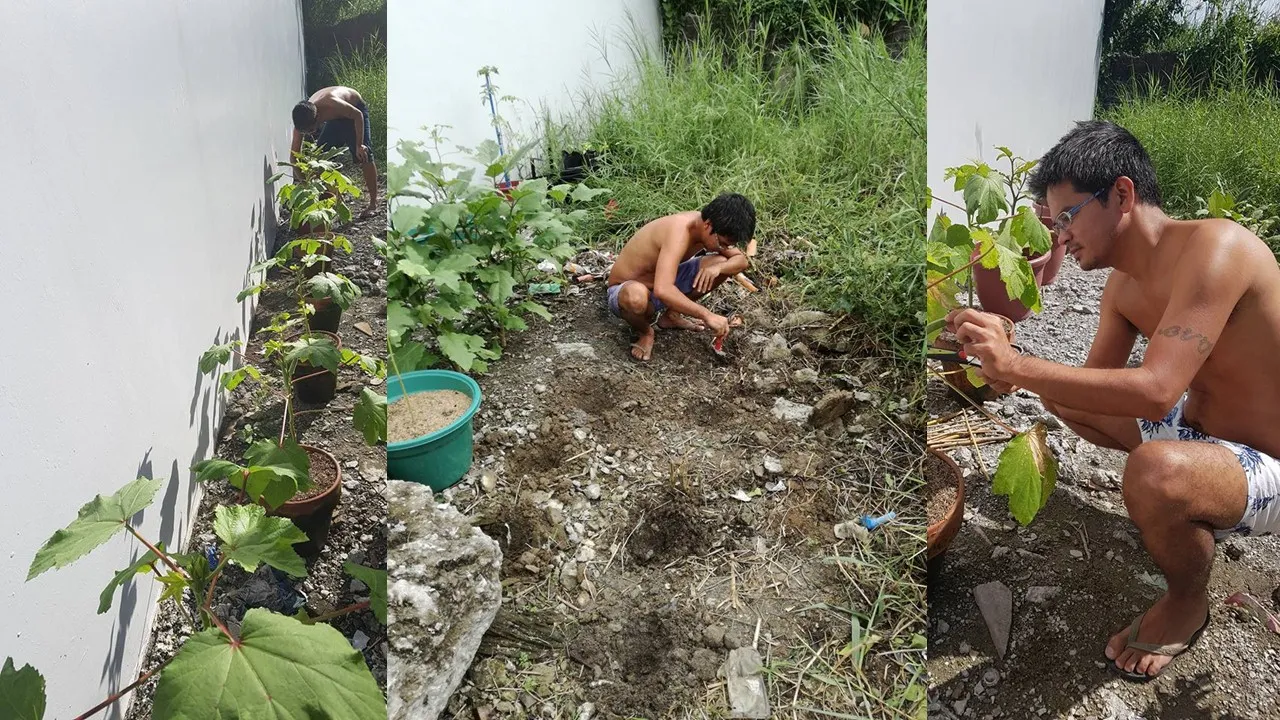In a post a couple of weeks ago, I talked about growing our own food and why we are doing it. I decided to make a series of posts about growing vegetables from seeds and am starting with eggplants.
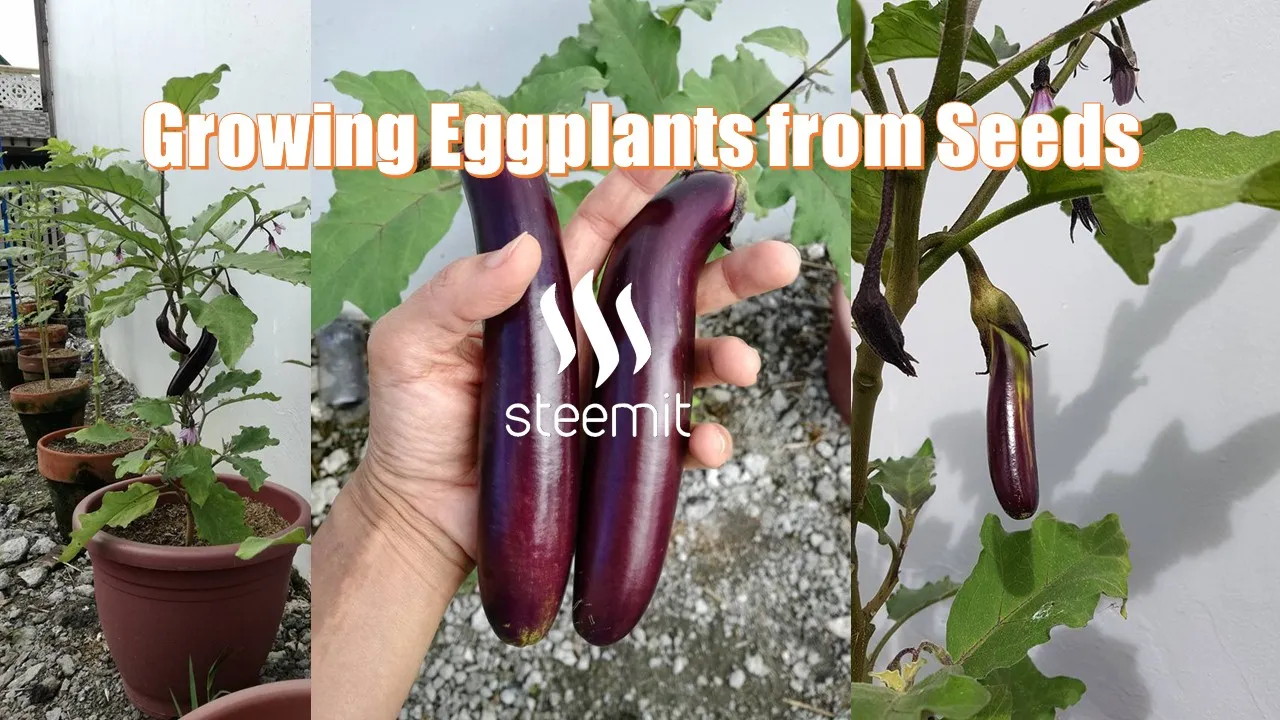
Eggplant have tons of of health benefits it a rich source of vitamin C, vitamin K,vitamin B6, thiamin, niacin, magnesium, phosphorous, copper, dietary fiber, folic acid, potassium, and manganese. It is also very easy to grow in a tropical country such as the Philippines. We have managed to maintain eggplants that produced fruits for an entire year, some are able to do longer than that through more thorough care of the pants. In this post I will attempt to give you a step by step instructions on how to grow eggplants.

What You Need
- Pots (Preferably lengthwise and not too small)
- Eggplant Seeds (Available in the groceries)
- Potting Mix (We use one part garden soil, one part rice hulk (burned), one part rice hulk whole, one part vermicast or compost)
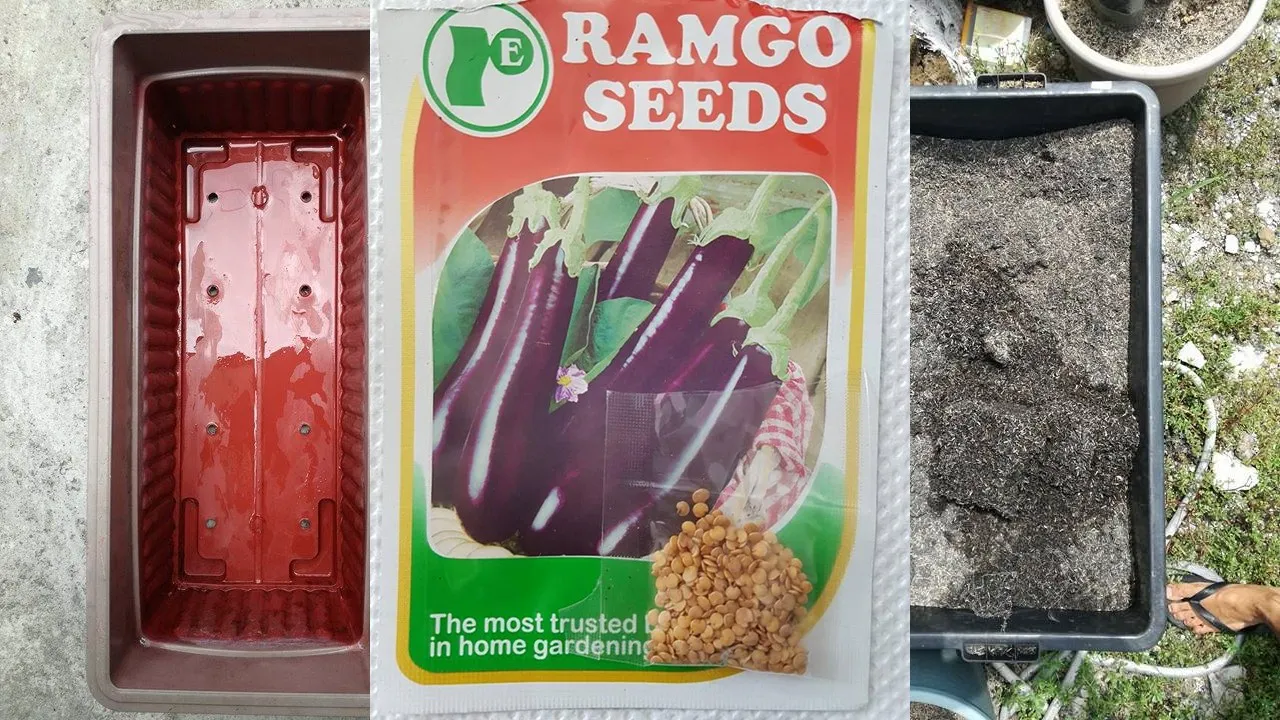

First Step - Plant the Seeds
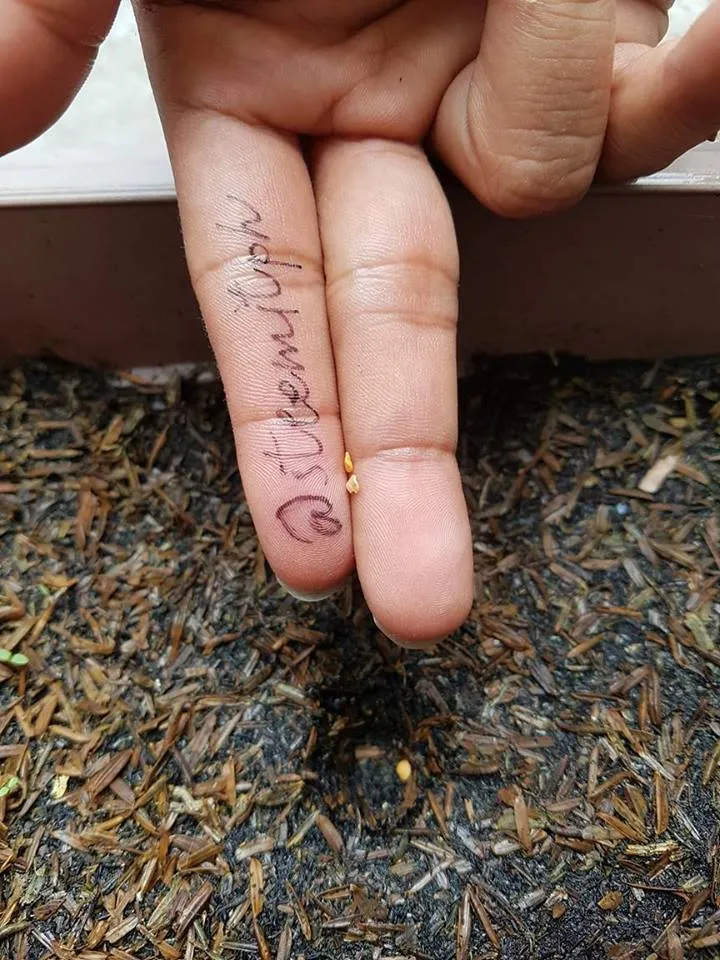
Make three 1/2 cm deep holes
Place three to four seeds per hole
Cover the holes with potting soil mix
Wait seven to fourteen days for the seeds to germinate
Water the pot once a day
Until the seeds germinate all these can be done indoor, letting the seeds germinate indoor is actually better for it removes the risk of being dug up by birds, frogs or insects. Up to this point there is really no need for sunlight. We also need not worry about frost in the Philippines and indoor is just about warm enough for the seeds to germinate. Not all the seeds will germinate so the instruction to place three to four seeds per hole.

Second Step - Give the Seedlings the Nutrients they Need
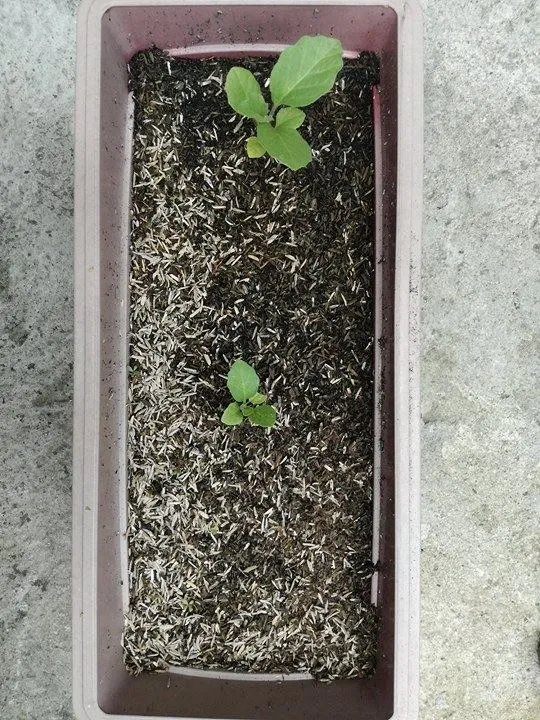
After a week from when the seeds germinate, thin the seedlings by gently pulling out the weaker seedlings and keeping only the strongest from each hole
Notice that in the picture, one hole out of three does not have a seedling. Out of the three seeds, only one germinated and died due to burned roots. So be careful when applying fertilizers, and do not expect that all plants will survive to begin with.
After two weeks from when the seeds germinate, start applying complete fertilizers.

Third Step - Transplant the Seedlings
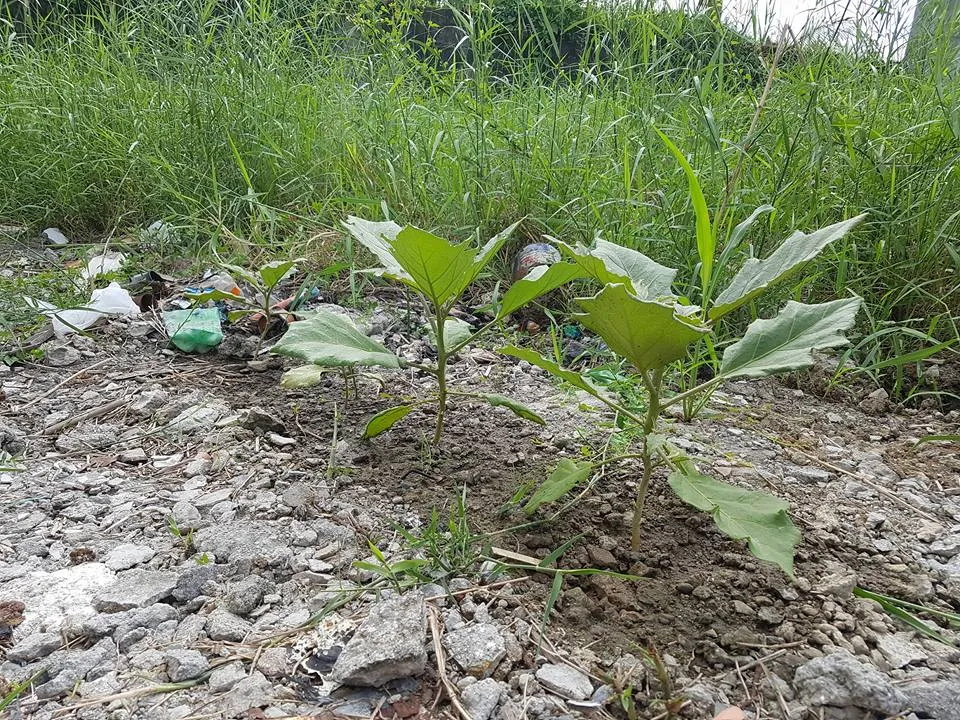
As part of our learning, we transplanted three plants on the ground and three plants in bigger pots. We later on found out that eggplants are heavy feeders and planting them on pots would require more frequent watering and fertilizing. It is still fine to grow in pots, but it requires more commitment to care for the plants. In the subsequent pictures you will see some comparisons of growth and fruits from the plants on the ground and in pots.

Fourth Step - Budding Eggplants

This one is from the plant we transplanted to a pot. We water this twice a day and fertilize once a week.
The one below is from the ground, we water those once per day and fertilize them every two weeks.
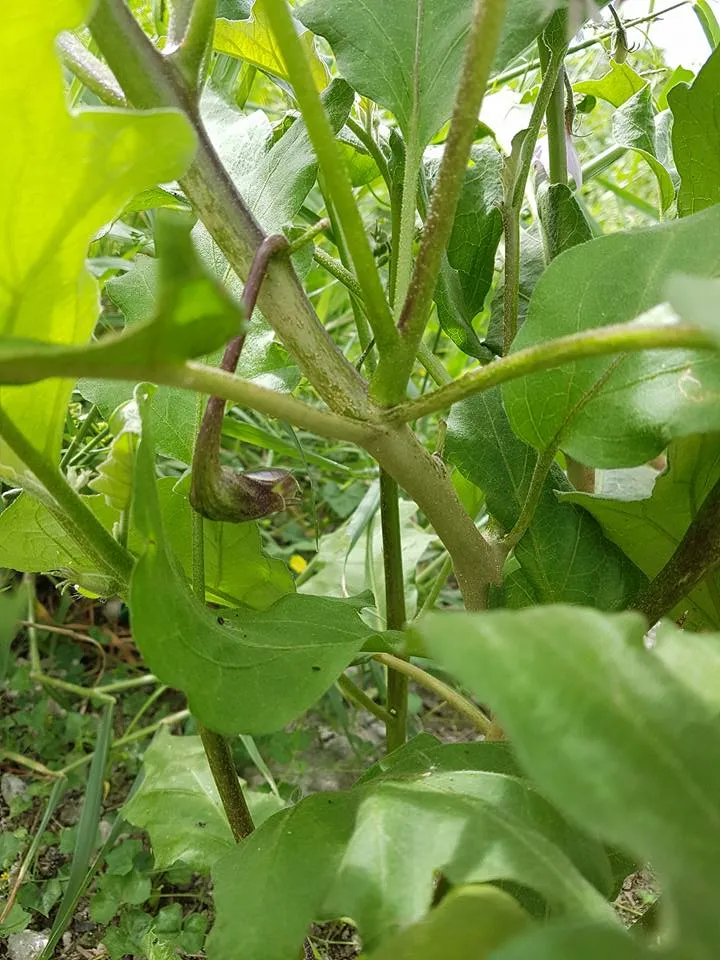

Fifth Step - Fruiting Eggplants
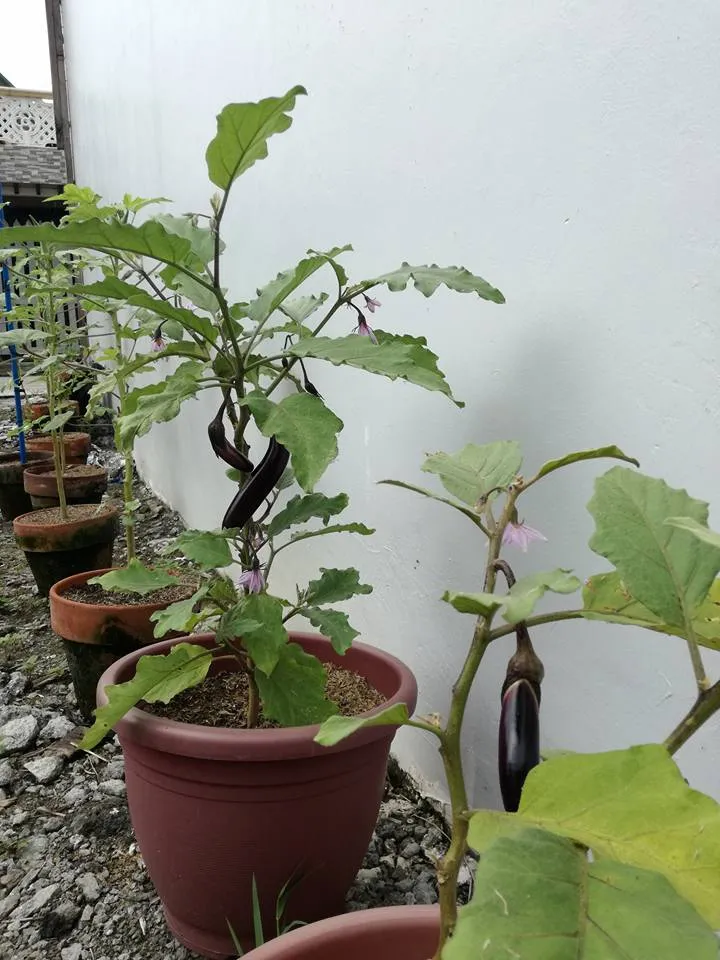
Three to four weeks after the first buds show, eggplants are just about ready for harvest.
These are from the pots, in the one below you will see that the ones on the ground looks healthier and are producing more fruits.
The ones planted on the ground grew bigger, and had more branches.
The ones in pots just produced fruits for a little over six months, while the ones on the ground produced for a whole year. My busy schedule at work is partly to be blamed for that. 😂
As a conclusion, it is still best to plant eggplants on the ground and only grow in pots if there is absolutely no option to.


Sixth Step - Enjoy Your Eggplants
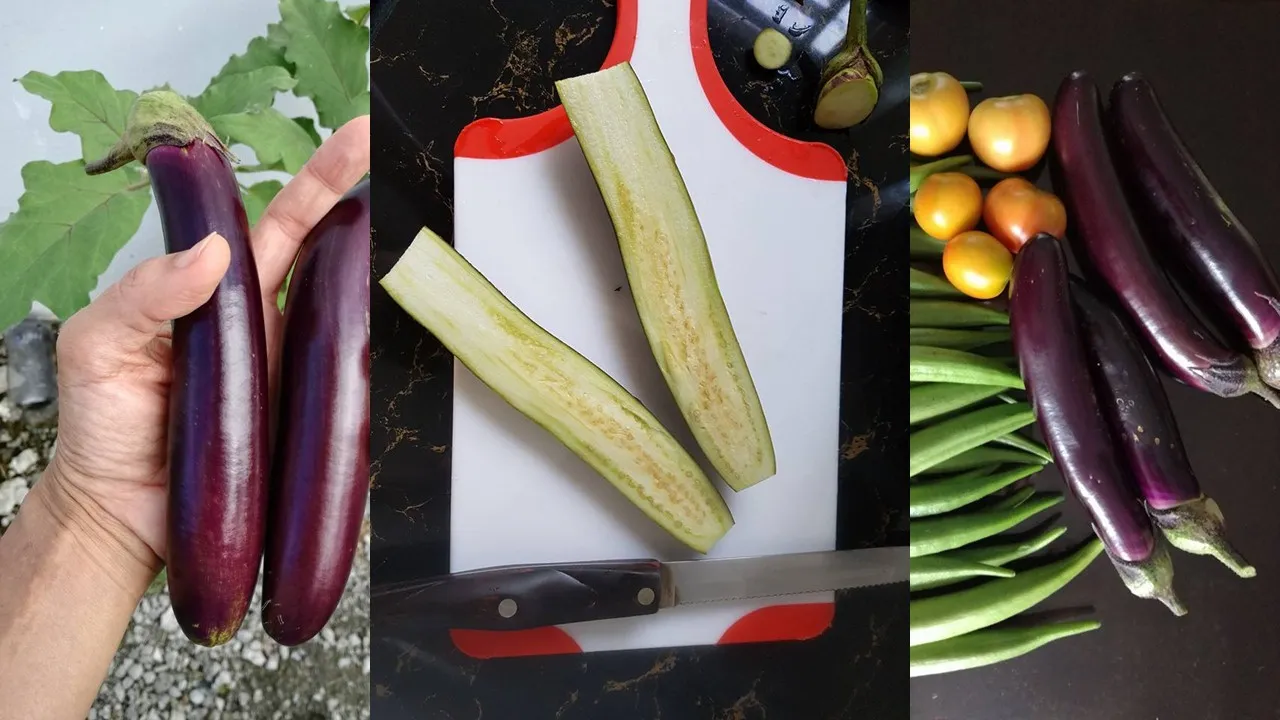
This is All in our Backyard, Here is Proof
